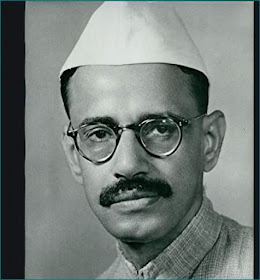यह नई राष्ट्रीय शिक्षा नीति (एनईपी) के लिए एक प्रयोगशाला होगी और पहले चरण के तहत 14,500 स्कूलों को अपग्रेड किया जाएगा।
योजना की अवधि 2022-23 से 2026-27 तक प्रस्तावित है; जिसके बाद यह राज्यों/केंद्रशासित प्रदेशों की जिम्मेदारी होगी कि वे इन स्कूलों द्वारा हासिल किए गए मानकों को बनाए रखना जारी रखें। 20 लाख से अधिक छात्रों के इस योजना के प्रत्यक्ष लाभार्थी होने की उम्मीद है। परियोजना की कुल लागत 5 वर्षों की अवधि में 27360 करोड़ रुपये होगी जिसमें 18128 करोड़ रुपये का केंद्रीय हिस्सा शामिल है।
प्रमुख बिंदु
- ये स्कूल देश के मॉडल स्कूल बनेंगे, जो राष्ट्रीय शिक्षा नीति की मूल भावना के अनुरूप होंगे और शिक्षण के नवीन तरीकों पर जोर देंगे।
- ये स्कूल प्रयोगशालाओं, स्मार्ट कक्षाओं, पुस्तकालयों, खेल उपकरण, कला कक्ष आदि सहित आधुनिक बुनियादी ढांचे से सुसज्जित होंगे, जो समावेशी और सुलभ हैं।
- इन स्कूलों को पाठ्यक्रम में जल संरक्षण, अपशिष्ट पुनर्चक्रण, ऊर्जा कुशल बुनियादी ढांचे और जैविक जीवन शैली के एकीकरण के साथ हरित स्कूलों के रूप में भी विकसित किया जाएगा।
- देश के हर ब्लॉक में कम से कम एक पीएम श्री स्कूल की स्थापना की जाएगी. देश के प्रत्येक जिले में एक माध्यमिक और वरिष्ठ माध्यमिक विद्यालय को भी जोड़ा जाएगा।
- स्कूल के सभी स्तरों पर मूल्यांकन वैचारिक समझ और वास्तविक जीवन स्थितियों में ज्ञान के अनुप्रयोग पर आधारित होगा और योग्यता आधारित होगा।
- ये स्कूल न केवल गुणात्मक शिक्षण, सीखने और संज्ञानात्मक विकास का लक्ष्य रखेंगे, बल्कि 21वीं सदी के प्रमुख कौशल से लैस समग्र और सर्वांगीण व्यक्तियों का निर्माण भी करेंगे।
- इन स्कूलों की स्थापना केंद्रीय विद्यालय की तर्ज पर की जाएगी. साथ ही जरूरत के मुताबिक सरकारी स्कूलों के परिसर और संरचना को सुंदर, मजबूत और आकर्षक बनाया जायेगा.
- पीएम श्री स्कूलों का खर्च केंद्र सरकार उठाएगी. हालाँकि, इस योजना का कार्यान्वयन और निगरानी राज्य सरकार की जिम्मेदारी होगी।





